Poblano peppers are large, dark green chili peppers originating from Puebla, Mexico, with mild heat (1,000-2,000 Scoville units) and rich earthy flavor. They're commonly used in chiles rellenos, mole sauces, and roasted for stuffing. When dried, they become ancho peppers.
This complete visual guide shows you exactly how to identify, roast, store, and cook with poblanos - including key differences from similar peppers and practical storage solutions.
Table of Contents
- Poblano Pepper Visual Identification (With Images)
- Poblano Heat Level: How Spicy Are They Really?
- Step-by-Step Roasting Guide (Gas Stove & Broiler Methods)
- Fresh Poblano vs Dried Ancho: Key Differences
- Best Storage Methods: Fridge, Freezer & Pantry
- Top 5 Cooking Uses for Poblano Peppers
- 3 Common Poblano Mistakes to Avoid
- Best Poblano Pepper Substitutes
- Frequently Asked Questions
Poblano Pepper Visual Identification (With Images)

Accurate identification is crucial - many confuse poblanos with bell peppers or Anaheim peppers. Here's exactly what to look for:
| Identification Feature | Poblano Pepper | Common Confusions |
|---|---|---|
| Shape | Heart-shaped with tapered point (3-5 inches long) | Bell peppers: blocky, square shape; Anaheims: longer, thinner (6-10 inches) |
| Color | Deep forest green (turns red when mature) | Green bell peppers: brighter green; Jalapeños: darker green, smoother |
| Surface Texture | Slightly wrinkled with thick walls | Bell peppers: smooth, shiny skin; Cubanelles: smoother, thinner walls |
| Stem | Distinctive curved stem attachment | Most other peppers have straighter stem connections |
Poblano Heat Level: How Spicy Are They Really?
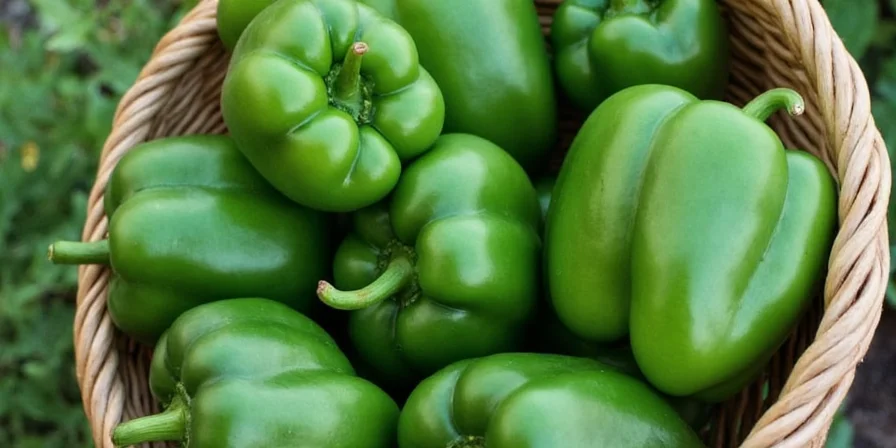
Understanding poblano heat is essential for recipe success. Key facts:
- Scoville rating: 1,000-2,000 units (mild to medium)
- 5-8 times milder than jalapeños (2,500-8,000 SHU)
- Seeds and white membranes contain 80% of the heat
- Heat increases as peppers mature (turn from green to red)
Practical tip: For family-friendly dishes, remove all seeds and membranes. For authentic flavor with mild heat, keep some membranes but remove seeds.
Step-by-Step Roasting Guide (Gas Stove & Broiler Methods)
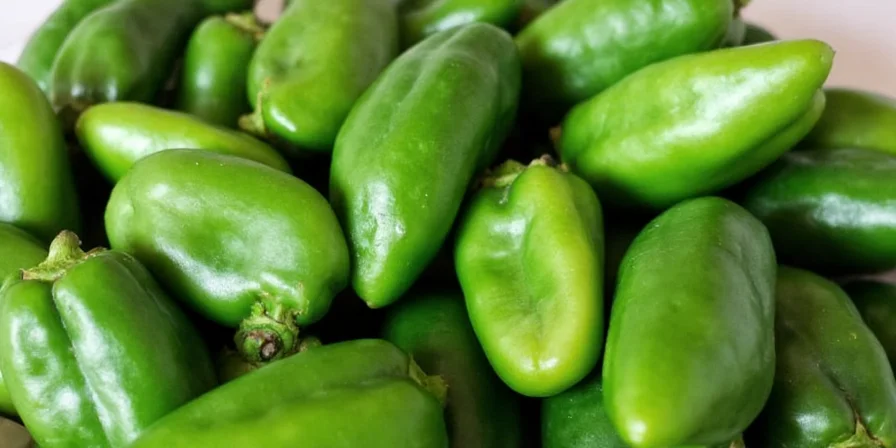
Roasting transforms poblano flavor from vegetal to rich and smoky. Follow these professional techniques:
- Preparation: Wipe peppers dry with paper towel (moisture prevents proper charring)
- Charring: Place directly over medium gas flame, turning every 30 seconds until completely blackened (5-7 minutes total)
- Alternative method: Broil 4-6 inches from heat source, turning frequently until blistered
- Steaming: Immediately place in covered bowl for 10-15 minutes (critical for easy peeling)
- Peeling: Rub off skin with paper towel - never rinse with water (washes away flavor)
Pro tip: Roasted poblanos develop complex flavors similar to roasted red peppers but with distinctive earthiness. Use within 3 days or freeze for longer storage.
Fresh Poblano vs Dried Ancho: Key Differences
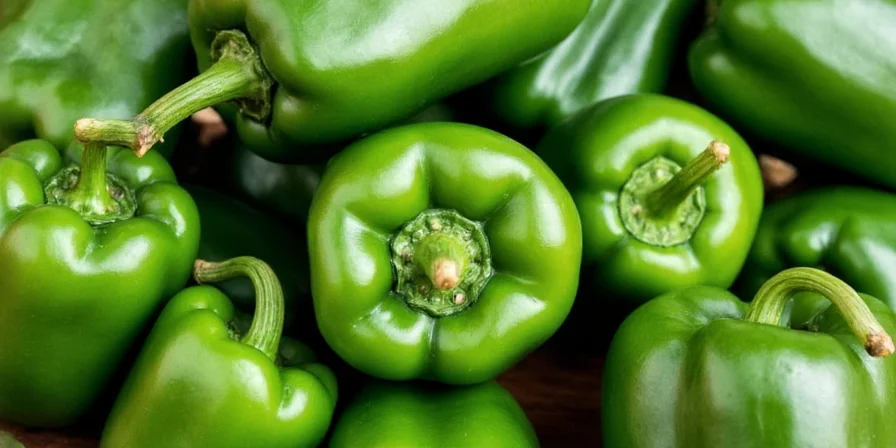
Understanding this transformation is crucial for authentic Mexican cooking:
| Characteristic | Fresh Poblano | Dried Ancho |
|---|---|---|
| Flavor Profile | Earthy, vegetal, mild smokiness | Complex: raisin, tobacco, coffee notes |
| Heat Level | Moderate (1,000-2,000 SHU) | Mild (1,000-1,500 SHU) |
| Best Recipe Applications | Chiles rellenos, roasted pepper sauces, stuffed peppers | Mole sauces, stews, adobo marinades |
| Rehydration Method | N/A (use fresh) | Soak in hot water 20-30 minutes before use |
Best Storage Methods: Fridge, Freezer & Pantry
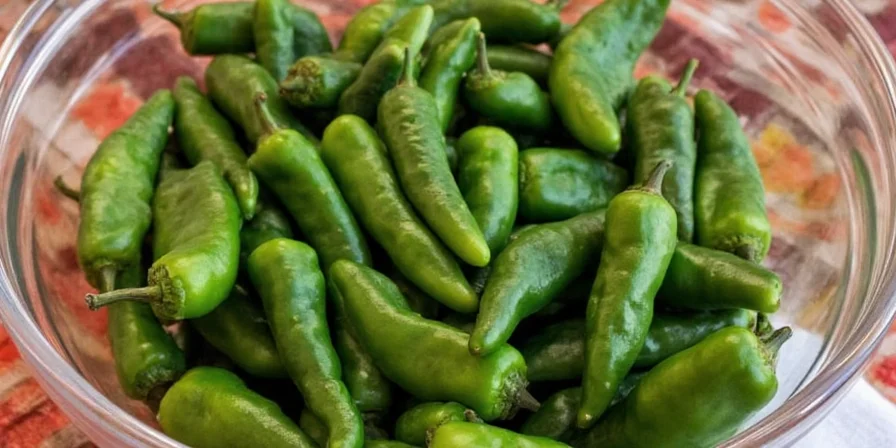
Maximize freshness with these professional storage techniques:
- Short-term (7-10 days): Store unwashed in perforated plastic or mesh bag in crisper drawer
- Medium-term (1-2 months): Roast, peel, and store in airtight container with 1cm oil covering (olive or vegetable)
- Long-term (6-12 months): Roast, peel, and freeze whole or sliced in vacuum-sealed bags
- Drying: Thread stems on string and hang in well-ventilated area (takes 2-3 weeks) or use dehydrator at 135°F for 8-12 hours
Top 5 Cooking Uses for Poblano Peppers
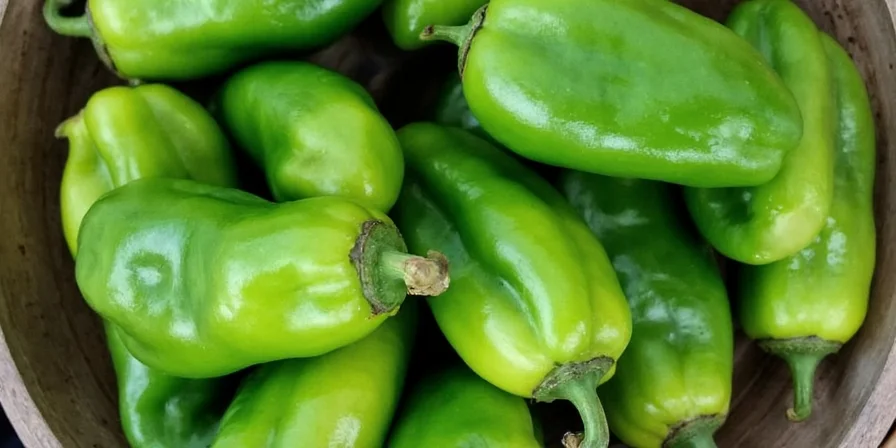
- Authentic Chiles Rellenos: Roast, peel, stuff with cheese, dip in egg batter, and fry
- Mole Poblano Base: Blend roasted poblanos with tomatoes, spices, and chocolate
- Green Enchilada Sauce: Puree roasted poblanos with tomatillos and garlic
- Stuffed Pepper Variations: Fill with rice, beans, or meat mixtures for vegetarian or meat options
- Roasted Pepper Relish: Dice roasted poblanos with onions, tomatoes, and cilantro
3 Common Poblano Mistakes to Avoid
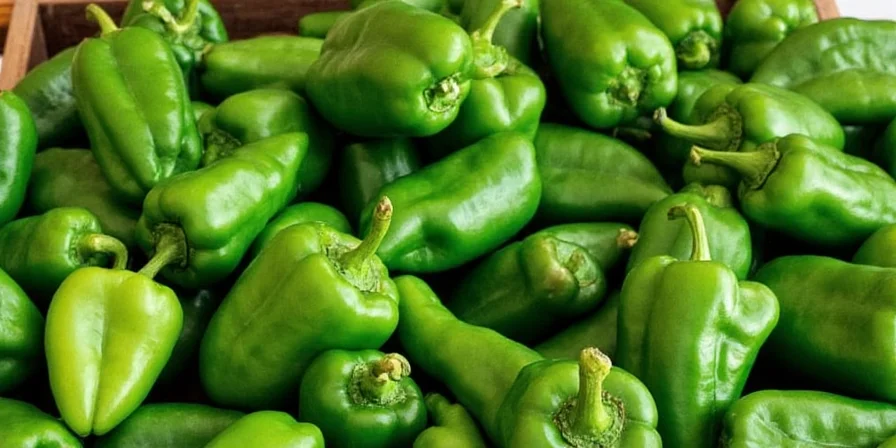
- Mistake #1: Washing after roasting - This washes away flavorful oils. Always dry rub skin off instead of rinsing
- Mistake #2: Using immature peppers - Look for deep green color and firm texture. Pale green peppers lack full flavor development
- Mistake #3: Incorrect substitution - Bell peppers lack heat; jalapeños are too spicy. Anaheim peppers are the closest substitute (use 1:1 ratio)
Best Poblano Pepper Substitutes
When poblanos aren't available, consider these alternatives:
| Substitute | Ratio | Best For | Limitations |
|---|---|---|---|
| Anaheim peppers | 1:1 | Stuffed peppers, roasted dishes | Slightly milder, thinner walls |
| Green bell peppers | 1:1 | Non-spicy applications | No heat, different flavor profile |
| Cubanelle peppers | 1:1 | Stir-fries, sautés | Milder, thinner skin |
| Green Hatch chiles | 1:1 | Southwestern dishes | Variable heat level |
Frequently Asked Questions
How can I tell if a poblano pepper has gone bad?
Check for soft spots, slimy texture, or dark mold patches. Fresh poblanos should feel firm with taut skin. If they develop wrinkles beyond natural texture or emit a sour smell, discard them immediately.
Can I eat poblano peppers raw?
Yes, but their thick skin makes raw poblanos challenging to chew. They're milder when roasted, which also enhances flavor. Raw poblanos work best finely diced in salsas where texture matters less.
Why do some recipes specify removing poblano seeds?
Seeds and white membranes contain most of the capsaicin (heat compound). Removing them reduces spiciness significantly while preserving flavor. For sensitive palates or kid-friendly dishes, this step is essential.
How does altitude affect poblano pepper growth?
Poblanos thrive at 2,000-7,000 feet elevation—their native Puebla region sits at 7,000 feet. Higher altitudes produce thicker-walled peppers with more concentrated flavor due to intense sunlight and cooler nights, explaining why Mexican-grown poblanos often outperform supermarket varieties.
What's the difference between poblano and Anaheim peppers?
Poblanos are heart-shaped with darker green skin and earthier flavor (1,000-2,000 SHU). Anaheims are longer, thinner, and milder (500-2,500 SHU) with brighter green color. Poblanos work better for stuffing; Anaheims suit roasting for green chile sauces.

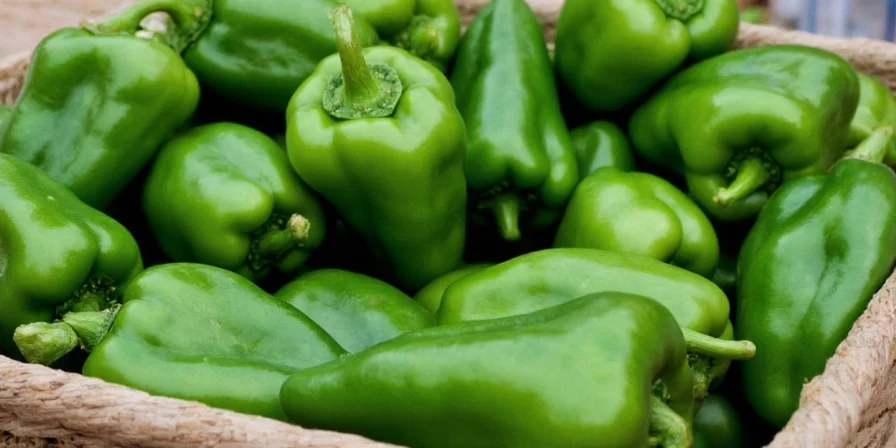









 浙公网安备
33010002000092号
浙公网安备
33010002000092号 浙B2-20120091-4
浙B2-20120091-4